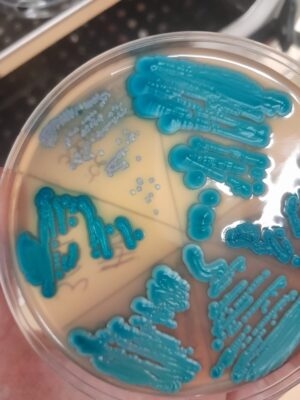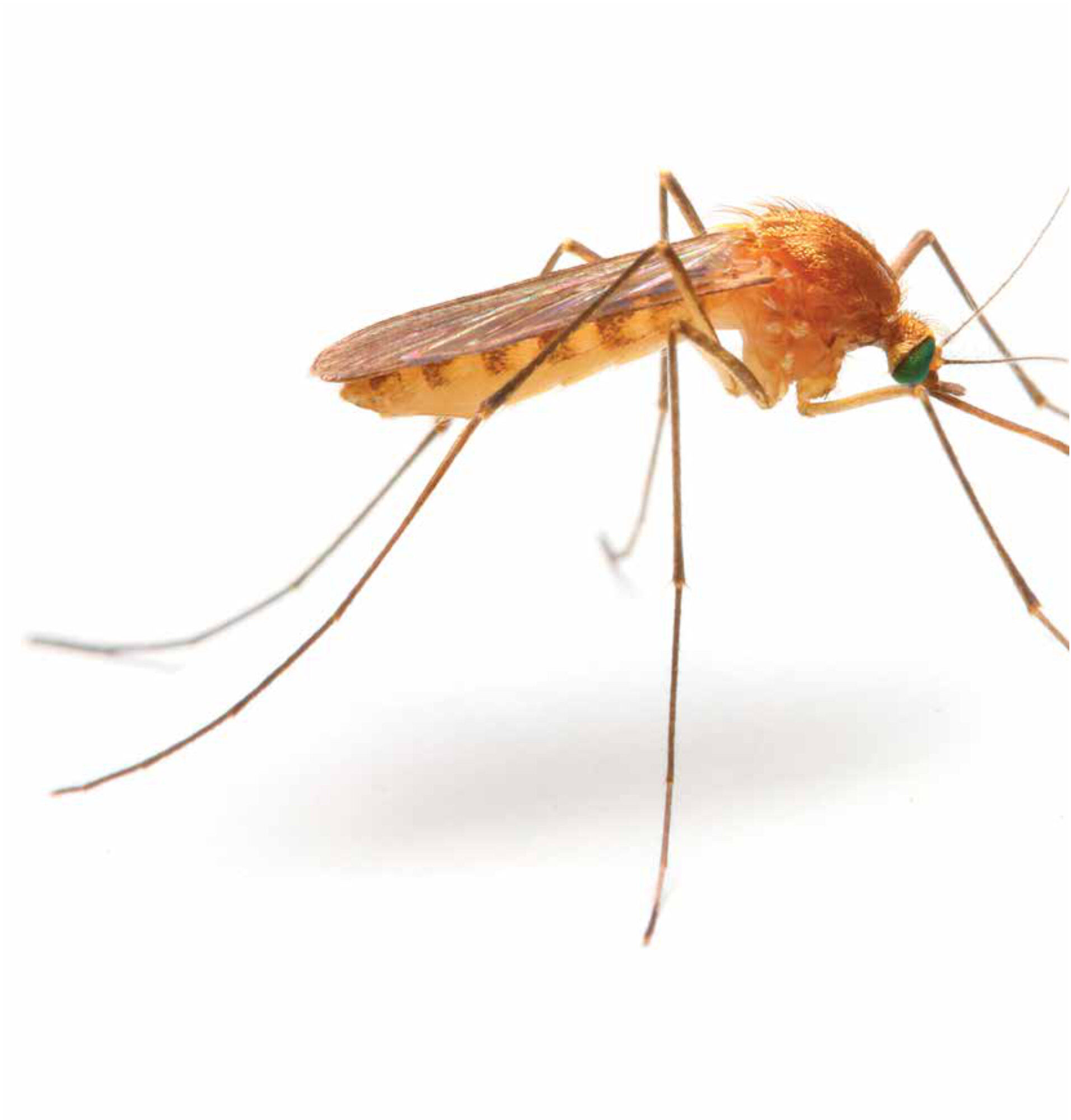Main content
Interview with Steven van de Vijver, general practitioner and volunteer for Stichting Bootvluchteling (Boat Refugee Foundation)
Moria, a former military site on the Greek island of Lesbos, is seen as an entrance gate to Europe for many refugees. In theory, Moria is equipped to house a maximum of 3,100 refugees, but in March this year the camp was packed with more than 20,000 people in one km².[1] About 40% of the residents of the camp are under eighteen and many suffer from serious illnesses, injuries or mental problems.[2-4] In addition to living with ten persons in one tent or box, the refugees also have to queue for consultations at the clinic, to receive food, and for administrative matters.[3] Due to these cramped living conditions, social distancing is an illusion. Furthermore, with lack of water, sanitation, and electricity, the camp is a ticking time bomb for a catastrophic spread of the coronavirus.[5] Since the 17th of March, lockdown measures have been taken in the camp. This means that from 7 a.m. to 7 p.m. only, limited movement within the camp is allowed, there are police checkpoints, and only a maximum of 100 persons a day are permitted to leave the camp. Other than this, no visitors are allowed into the camp, and activities like schooling and sports have been discontinued.[3]
By mid-June 2020, Greece had over 3,000 confirmed cases of Covid-19 with almost 200 deaths.[6] On Lesbos four asylum seekers had been confirmed positive for Covid-19.[3] Fortunately, so far, there have not been any positive cases inside the Moria camp.[3] But one could imagine the disastrous prospect after a first positive case, as it might rapidly cause a high number of cases requiring hospitalization.
We interviewed Steven van de Vijver, a general practitioner in Amsterdam with prior experience as a tropical doctor, who went to camp Moria in March this year to work as a volunteer for the Dutch Stichting Bootvluchteling. Together with gynaecologist Sanne van der Kooij he initiated #SOSMoria: an urgent appeal to all the leaders of the European Union (EU) to take refugees into their countries, in order to tackle the already existent humanitarian crisis and prevent a medical catastrophe.
Camp Moria in times of the corona crisis
According to Van de Vijver, the situation in Moria is extremely problematic: ‘When I came to Moria last year, I was already shocked by the living conditions within this camp on European territory. But this year, it was even worse. The number of refugees in Moria has increased from 6,000 in February 2019 to 22,000 at the beginning of this year. Some refugees have been living in the camp for a year instead of a few months, which is the period aimed for by the authorities. Some people have to wait in line for hours to receive their food.’ Situated on the edge of the EU, Greece has been functioning as the gateway to other European countries. But in reality the refugees get stuck there as the transfer to other countries has halted.
‘Due to the high number of refugees in the camp, it is impossible to treat all diseases and injuries. Time and resources in the medical units are limited, and the lockdown has even aggravated this. Medical aid has to be focused on life-threatening cases, which means that we can’t even provide refugees suffering from diseases like scabies with the proper treatment. Moreover, there are many injuries and infections as a consequence of the conditions in the camp itself. The circumstances in the camp are often worse than the conditions that led the people to seek refuge in the first place.’

According to Van de Vijver, refugees describe the camp as hell, having regrets of getting there. He is worried about the dilemmas doctors find themselves in, as they may feel that they are violating Hippocrates oath because the circumstances in the camps have a severe damaging effect on refugees’ health. To support this last statement, Van de Vijver mentioned that a part of the mental traumas among the refugees, such as hopelessness, are caused by aggression, fires and rape within the camp itself, and are not traumas that the refugees brought from their home countries. The same holds for all sorts of infectious diseases such as scabies.
The corona crisis added an additional strain on the mental health of the refugees, explains Van de Vijver. ‘To some extent, the people are more anxious now than before the corona threat. When a total lockdown in the camp was enacted, the refugees felt as if they were trapped.’
The shape of outbreak prevention in a refugee camp
Refugees in the camp are informed about the importance of basic infection prevention measures such as washing hands, coughing in elbows, and maintaining distance. However, all these things are very hard to put into practice in camps such as Moria. People have to wait in line for half an hour to wash their hands, and maintaining distance is even more unfeasible in a place crowded with 20,000 people. Upscaling of testing, as suggested by previously published articles, faces some obstacles as testing of all refugees is difficult to put in practice and could cause further panic and chaos. ‘Stichting Bootvluchteling, together with Kitrinos [Greek NGO that provides medical care] and Doctors Without Borders have materials and plans to treat Covid-19 cases, but there is very limited capacity in the nearby hospital. In case of an outbreak in the camp, provision of ventilatory support is essential, but the nearest hospital has only six ICU [intensive care unit] beds, which is not even close to what would be necessary.’ According to Van de Vijver, the focus should be on the problem itself rather than finding temporary solutions for Moria: ‘In my opinion, the main goal should not be to upgrade Moria with ICU beds and other fancy measures. The goal should be for Moria to disappear. There should not be any camp in the first place.’ However, there is disagreement between the NGOs that provide support and local, Greek and other European politicians about which policy would be best: whether to focus on direct measures on site or evacuation of the refugees to other countries.
The effects of the sosmoria distress call
Approximately 7,000 doctors and more than 50,000 other emergency workers have joined the call. According to Van de Vijver, the only solution for the problematic situation in Moria is to evacuate all refugees. Via the SOSMoria call, Stichting Bootvluchteling joined forces with other organisations to evacuate at least 500 children to other European countries (#500kinderen).[7] These children arrived in Moria without their parents or any guardian, traumatised, some suicidal, and they often resort to auto-mutilation. Many countries in Europe have already welcomed some of these children, but the Netherlands is not one of them. In the Netherlands, a lot of municipalities (150) and churches are enthusiastic and willing to welcome these children, but the governing parties in The Hague are not heeding the call. They seem to be afraid to lose voters and instead of welcoming these children in the Netherlands, Ankie Broekers-Knol, the Dutch State Secretary for Justice and Security, drafted a proposal to spend four million dollars to relocate refugees on the island. However, the proposal was criticized by both Dutch and Greek parties for being a naive and useless plan that would not solve anything.
Covid-19 compounding the plea for solidarity and immediate action
‘I guess you could say that Covid is some kind of catalyst in the Moria refugee crisis. The situation before the outbreak was already completely inhumane, and I wanted to do something about that. I had hoped that in this time of fast decisions, the Dutch government would decide to welcome these refugees from Moria too. I had hoped for solidarity and that people would act faster. I am disappointed with the lack of political action on a national level, even though municipalities are very willing to contribute.’
As Van de Vijver stated clearly, Moria is a ticking time bomb in terms of a Covid-19 outbreak, but also for many other problems. The lives of many refugees are at stake and it is time to act now.
Read more on the appeal, and the support from European doctors and citizens on the initiative website: https://www.sosmoria.eu/?lang=en
The main goal should not be to pimp Moria with icu beds and other fancy measures. The goal should be for Moria to disappear. There shouldn’t be a camp in the first place.
References
- Chapman A. A doctor’s story: inside the ‘living hell’ of Moria refugee camp. The Guardian. 2020 Feb 9 [accessed 2020 Jun 7]. Available from: https://www.theguardian.com/world/2020/feb/09/moria-refugee-camp-doctors-story-lesbos-greece
- Nutting T. Headaches in Moria: a reflection on mental healthcare in the refugee camp population of Lesbos. BJPsych Int. 2019 Nov;16(4):96-8. DOI:10.1192/bji.2019.2
- Sherally J. The corona pandemic: How to prevent a medical disaster? Lecture presented at; 2020 Apr 20; Utrecht University
- Iacobucci G. Covid-19: doctors warn of humanitarian catastrophe at Europe’s largest refugee camp. BMJ, 2020 Mar 17;368:m1097.
- Greek Reporter [Internet]. MSF Says Greece’s Moria Migrant Camp is a Coronavirus “Time Bomb”; 2020 Apr 3 [accessed 2020 Jun 7]. Available from: https://greece.greekreporter.com/2020/04/03/msf-says-greeces-moria-migrant-camp-is-a-coronavirus-time-bomb/
- Worldometer [Internet]. Greece; [updated 2020 Jul 15; accessed 2020 Jun 7]. Available from: https://www.worldometers.info/coronavirus/country/greece/
- #500kinderen [Internet]; [accessed 2020 Jul 7]. Available from: https://www.500kinderen.nl/petitie-griekenland



















































